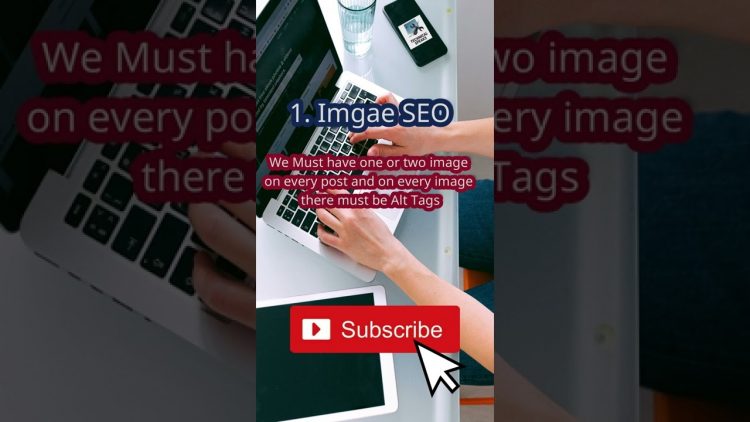On-page SEO focuses on optimizing visible page elements like content, images, and meta tags to improve user engagement and relevance. Technical SEO involves backend elements such as site architecture, SSL certificates, and XML sitemaps that help search engines crawl and index a website more effectively. Since these improvements occur only on your own website, they’re typically entirely within your (and your team’s) control, and don’t require coordination with other businesses. Using advanced competitor and SERP intent analysis, our team uncovers areas where your page is falling short and provides guidance to correct those issues. Title tags and meta descriptions are two of the most critical elements of on-page SEO.
Content Optimization
While you don’t want to copy them, this does give you a good idea of the kinds of keywords they’re using in their content. Your content needs the right balance of primary keywords, related terms, and supporting topics. Every page should have one H1 tag that clearly describes the content.
- By taking a holistic approach, you are “checking” as many boxes as you can for Google, giving your site the best shot at ranking and increasing overall organic traffic.
- You can use free tools like Hemingway and Grammarly to fix this.
- But, if you don’t have technical SEO dealt with, it can negatively impact all the other on-page SEO tactics you’re implementing.
- Without proper management, you won’t be able to spot your mistakes and fix them timely.
How to Fix Excessive Blog Tag Pages
Make sure this factor is part of your content marketing process. It’s essential to optimise them properly to maximise your rankings. Optimising your content is essentially about making it more relevant to your target query. Once you’ve set up ShortPixel to implement WebP/AVIF, ensure it’s displaying correctly on your site. Use this free, mobile-friendly testing tool from SE Ranking to check your site. If your site doesn’t format on a mobile device, you’ll struggle to rank highly.
Download this on-page SEO checklist and check the boxes as you complete each task. Doing periodic audits and updates of your website’s content ensures that your pages are fresh. Search SEO Anomaly engines, like Google, love fresh and updated content that’s helpful. Optimizing your site for mobile is essential because more than 50% of the Internet’s traffic comes from mobile devices. Google even uses a mobile-first approach for indexing websites. In most cases, smaller companies will focus on long-tail keywords or keywords with three to four words.
Alt text (alternative text) describes an image to search engines and assists visually impaired users. It’s also used when an image file cannot be loaded, ensuring that an explanation of the image is still presented. On-page SEO is not just about adhering to search engine guidelines, but it’s a strategic approach that can profoundly influence the success of your B2B marketing efforts. You’ll want to regularly review your internal and external links to ensure they are still valid and point to the intended destination.
Therefore, I’ve created the ultimate On Page SEO Checklist so that you can ensure that the primary elements of your site pages are well-optimized. Many of these elements will not significantly affect your search engine optimization on their own, they will when taken as a collective unit. While it is important to make sure the technical SEO and off-page elements are also optimized, you should not ignore the on-page factors. There are plenty of studies that show how page load and longer loading times leads to more people abandoning the page before it ever loads.







